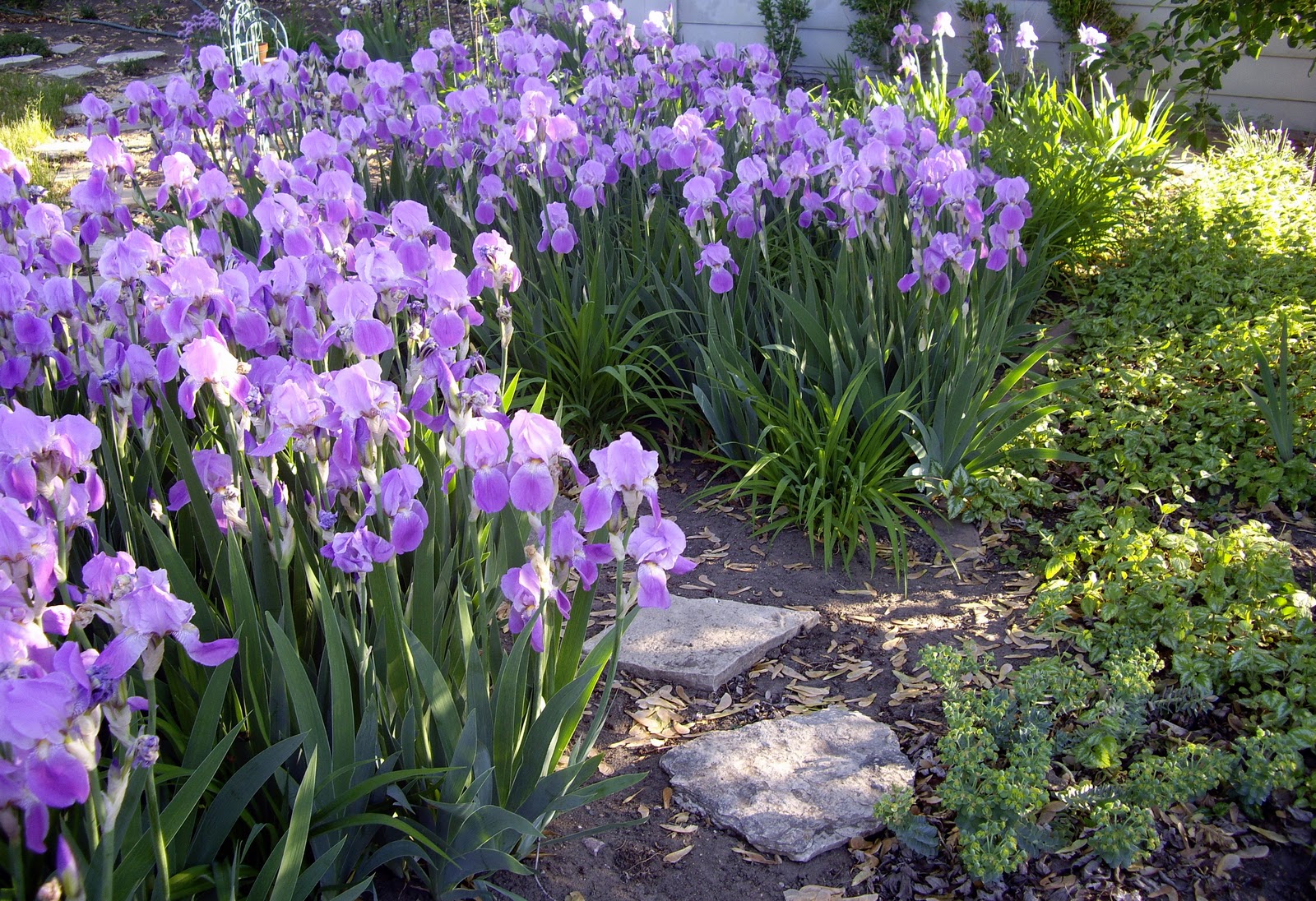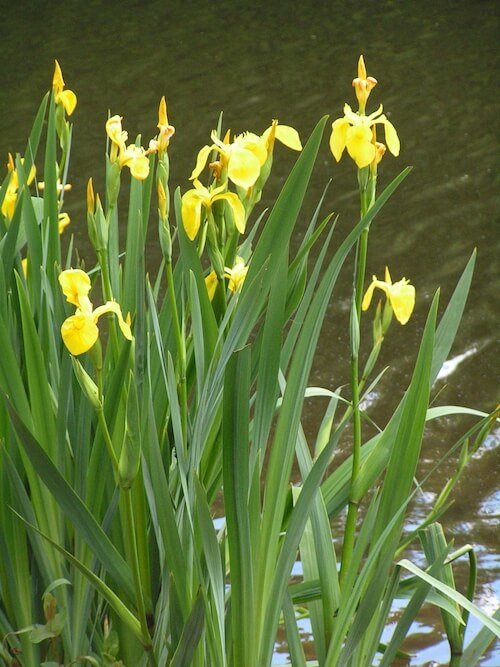

Hold off the watering until you see some growth, and then water regularly - weekly, or as needed. Gently press the soil around the rhizome and water it in well. Fill in the hole with soil, leaving the top of the rhizome uncovered. However, keep 12-18 inches distance between different planting holes. You can plant 2-3 rhizomes in a single hole if they’re not too crowded. Place the rhizome on the ridge so that roots are spread out in all directions. Rhizomes need to be straight, so make a small ridge with soil in the center to hold the rhizome in place. Cover the bulb with soil and water it in well.įor rhizomes, dig a wide space about 4 inches deep. You can decide the distance between bulbs depending on the type of growth you want, but usually 4-5 inches apart is a good rule of thumb. Plantingĭig a 5-inch deep hole for bulbs, and place the bulb in the hole with the pointy end up. Ensure the drainage is good because irises wants frequent watering but prefers moist conditions, not waterlogged knees. Irises give the best blooms when planted in rich, loamy soil that’s been amended with organic matter like aged manure. They don’t like shading from taller plants either, so if you can, make a separate bed for your irises. The bulbous dwarf iris can tolerate partial sun but still need at least 5 hours of sunlight daily.
#Planting iris full#
Iris needs full sun to partial shade and well-drained soil.

Here’s a step-by-step guide to planting irises from bulbs, with some extra information on planting rhizomes. They’re only planted in the fall and need a different planting method than bulbs. Because they grow from rhizomes, they’re easy to propagate by division. All dwarf and tall bearded verities, Siberian iris, Japanese iris, and Louisiana iris are all rhizomatous. On the other hand, Rhizome irises are more common. Plus, they bloom twice, in the spring and fall, so the bulb can be planted either in fall or early spring. But, because they grow from bulbs, they bloom earlier. It produces smaller, more delicate flowers than the rhizomatous types and has a shorter blooming period. The difference is important to know because the two types of plants have different planting requirements.ĭutch iris (on Amazon) is the bulbous variety. Most of these irises are grown from rhizomes - thick, fleshy roots that store nutrients for the plant. The genus Iris is made up of over 250 species.
#Planting iris how to#
How to Plant Iris Bulbs: All You Need to Know Any later than September, and you run the risk of rot setting in before the plant has a chance to take hold. This allows the roots to establish themselves before the iris enters its winter dormancy. Iris rhizomes, or the roots that the plant grows from, should be planted in the late summer or early fall, usually July and August, or even in September if you live in a warmer climate.

Let’s take a closer look at when, where, and how to plant iris bulbs. If you’ve got a spot in your garden that could use some color, why not give irises a try? There are over 250 species in a vast color palette, so you’re sure to find one that’s perfect for your space. Irises are fast spreaders so they must be divided every few years to keep them healthy. They grow pretty large, so make sure to give them enough space. Irises love full sun, but can tolerate partial shade. Iris bulbs are planted from late summer through fall, and the plant blooms in the next spring. If you’ve been thinking about planting some iris bulbs of your own, this guide is for you. Although they’re best known for their beauty, many people don’t realize that these regal flowers are actually quite easy to grow as well. Colorful and classy, iris flowers are a favorite of gardeners all over the globe.


 0 kommentar(er)
0 kommentar(er)
